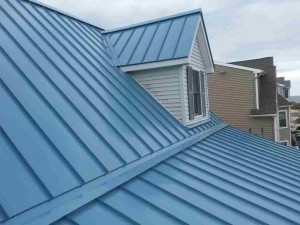Effective Seattle Roofing Maintenance Tips
The roof is an important part of your house. It protects you and your family from the elements. Severe weather conditions, however, could considerably shorten the lifespan of your roof. To keep it in excellent condition, you must perform regular checkup and maintenance. Taking care of your roof will ensure its long and healthy lifespan. Neglect to properly care for your roof could mean expensive repairs on your part.
Seattle is characterized by wet winters and dry summers. It receives more rainfall in November than any other cities in the US. It is, in fact, one of the five rainiest cities in the country. Seattle roofing maintenance presents a challenge if you have a home in the city. To help you care for your roofs and prolong their effective lifespan, we compiled these simple but effective tips.
- Regular Checkup. There is no harm in going up and checking your roof on a regular basis. You can also follow a schedule when to check on your roof. Most people examine their roofs in early spring for ice damming cause by the cold winter season and in late fall or just before the cold season to clear the roof of dirt that could block the passage of water.
- Fungus or Algae infestation. They may not substantially weaken the roof structure but the presence of these unwanted guests on the roof makes for an unsightly appearance of your house. Remove them using a combination of water and bleach. To prevent their recurrence, install zinc or copper metal strips on the roof.
- Evidence on the Ground. Broken pieces of roof materials, such as shingles, could fall to the floor. Look for these bits and pieces around the house, which indicates that your roof needs maintenance or repairs.
- Gutter Cleaning. Leaves and debris accumulate over time on the roof and gutters. They block the smooth flow of water from the roof to the downspout, which could potentially damage the gutters and lead to costly repairs. Check for these objects in late fall when trees shed their leaves.
- Trim the Trees. Trim excess tree limbs that touch the roof. Overhanging branches could damage your roof when they are forcefully blown by winds or scrape the protective coating of the roofing material. They also pose a danger to unsuspecting occupants of the house should they fall.
- Check the Flashing. Remember to check the condition of flashing around vents, chimneys and exhaust pipes. Punctured or bent flashing is a common cause of leaks, as well as a dried-out sealant. Since flashing covers a hole in your roof, it is important that it is always in tiptop condition.
